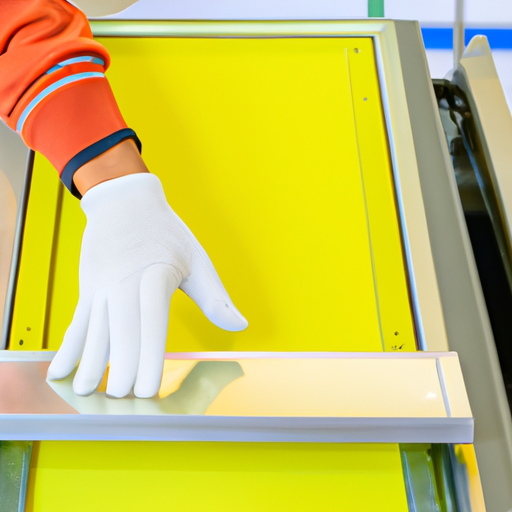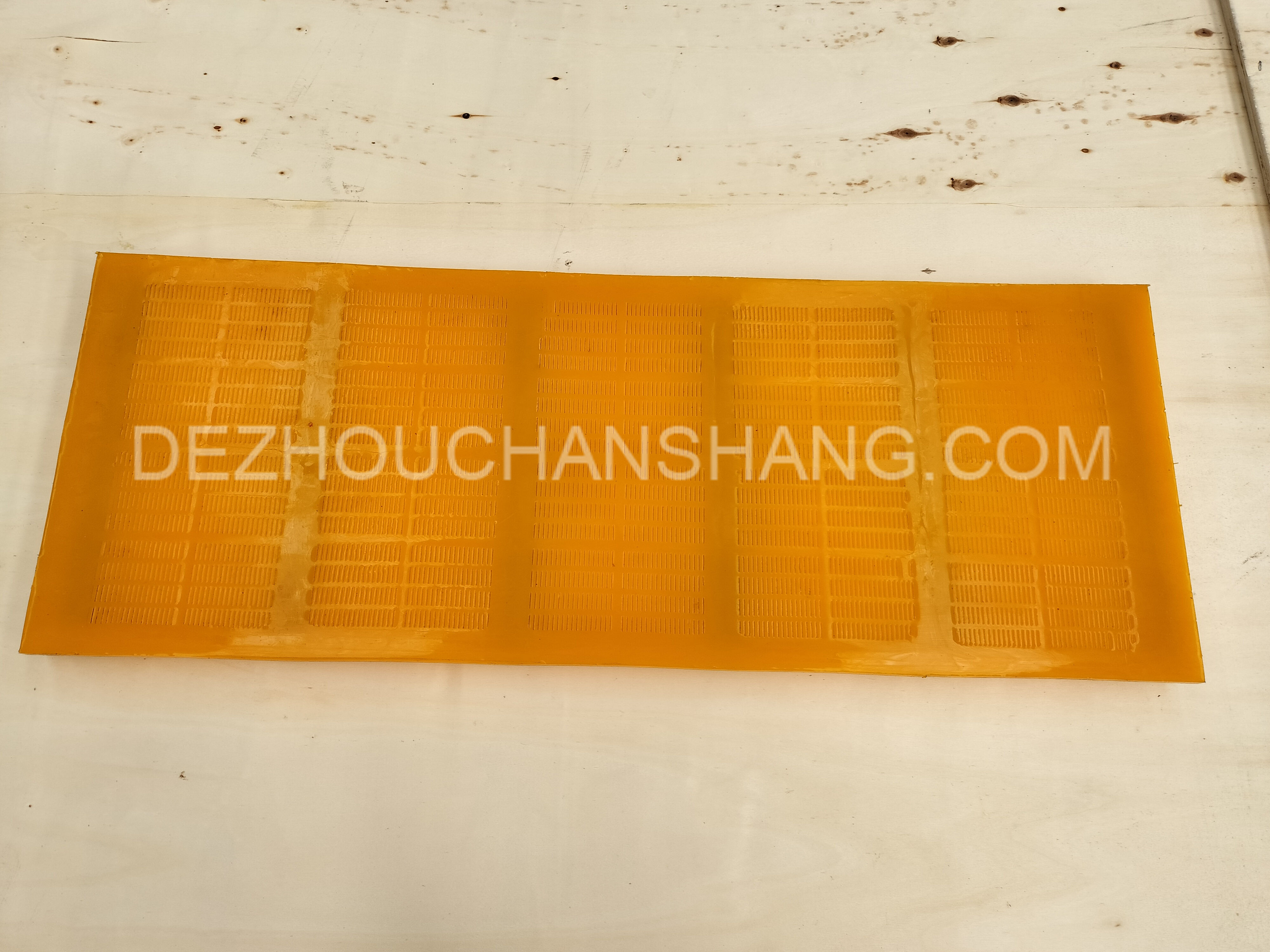- 27
- Mar
Polyurethane screen inspection method and correct installation method
Introduction
Polyurethane screens are commonly used in the mining and aggregate industries for screening applications. Proper inspection and installation methods are crucial to ensure the screens perform effectively and have a long lifespan. In this article, we will discuss the inspection method for polyurethane screens and the correct installation techniques to maximize their efficiency and durability.
Polyurethane Screen Inspection Method

Polyurethane screens are widely used in various industries for screening and separating materials. These screens are known for their durability, flexibility, and resistance to abrasion, making them a popular choice for many applications. However, like any other equipment, polyurethane screens require regular inspection to ensure optimal performance and longevity.
One of the most common methods used for inspecting polyurethane screens is visual inspection. This involves visually examining the screen for any signs of wear, tear, or damage. During the inspection, it is important to check for any holes, tears, or cuts in the screen surface, as these can affect the screening efficiency and lead to material leakage.
In addition to visual inspection, it is also important to check the tension of the screen. Proper tension is crucial for maintaining the integrity of the screen and ensuring efficient screening. To check the tension, a simple method involves tapping the screen with a rubber mallet and listening to the sound it produces. A tight screen will produce a higher-pitched sound, while a loose screen will produce a dull thud.

Another important aspect of polyurethane screen inspection is checking for any buildup of material on the screen surface. Material buildup can reduce the screening efficiency and lead to blockages. To prevent this, it is important to regularly clean the screen surface using a brush or compressed air.
It is also important to inspect the screen frame for any signs of wear or damage. The frame plays a crucial role in supporting the screen and maintaining its tension. Any cracks, bends, or corrosion in the frame should be addressed promptly to prevent further damage to the screen.
In addition to regular visual inspections, it is recommended to conduct periodic vibration analysis of the screen. Vibration analysis can help identify any potential issues with the screen, such as misalignment or excessive vibration, which can affect its performance. By monitoring the vibration levels of the screen, it is possible to detect any abnormalities early on and take corrective action.
Overall, regular inspection of polyurethane screens is essential for ensuring optimal performance and longevity. By following the recommended inspection methods and addressing any issues promptly, it is possible to extend the lifespan of the screens and maintain efficient screening operations.
Section: Correct Installation Method
In addition to proper inspection, correct installation of polyurethane screens is crucial for ensuring their performance and longevity. Improper installation can lead to premature wear, reduced screening efficiency, and increased maintenance costs. Therefore, it is important to follow the correct installation method to maximize the benefits of polyurethane screens.
One of the key steps in the installation process is ensuring that the screen is properly tensioned. Proper tension is essential for maintaining the integrity of the screen and ensuring efficient screening. To achieve the correct tension, it is important to follow the manufacturer’s guidelines and use the recommended tensioning tools.
Another important aspect of installation is ensuring that the screen is securely fastened to the frame. Loose or improperly fastened screens can lead to material leakage, reduced screening efficiency, and increased wear. It is important to use the appropriate fastening methods, such as bolts or clamps, to secure the screen to the frame.
It is also important to ensure that the screen is properly aligned with the feed material. Misalignment can lead to uneven wear, reduced screening efficiency, and increased maintenance costs. To prevent misalignment, it is important to carefully position the screen in relation to the feed material and adjust the screen angle as needed.
Proper installation of polyurethane screens also involves ensuring that the screen is properly supported by the frame. The frame plays a crucial role in supporting the screen and maintaining its tension. It is important to use a sturdy frame that can withstand the forces exerted during screening operations.
In addition to following the correct installation method, it is important to conduct regular maintenance of polyurethane screens to ensure optimal performance. This includes cleaning the screen surface, checking the tension, and inspecting the frame for any signs of wear or damage. By following these guidelines, it is possible to maximize the benefits of polyurethane screens and extend their lifespan.
In conclusion, proper inspection and correct installation of polyurethane screens are essential for ensuring optimal performance and longevity. By following the recommended inspection methods and installation guidelines, it is possible to maintain efficient screening operations and reduce maintenance costs. Regular maintenance and monitoring of the screens can help identify any issues early on and prevent costly repairs. By investing time and effort in proper inspection and installation, it is possible to maximize the benefits of polyurethane screens and achieve long-lasting performance.
